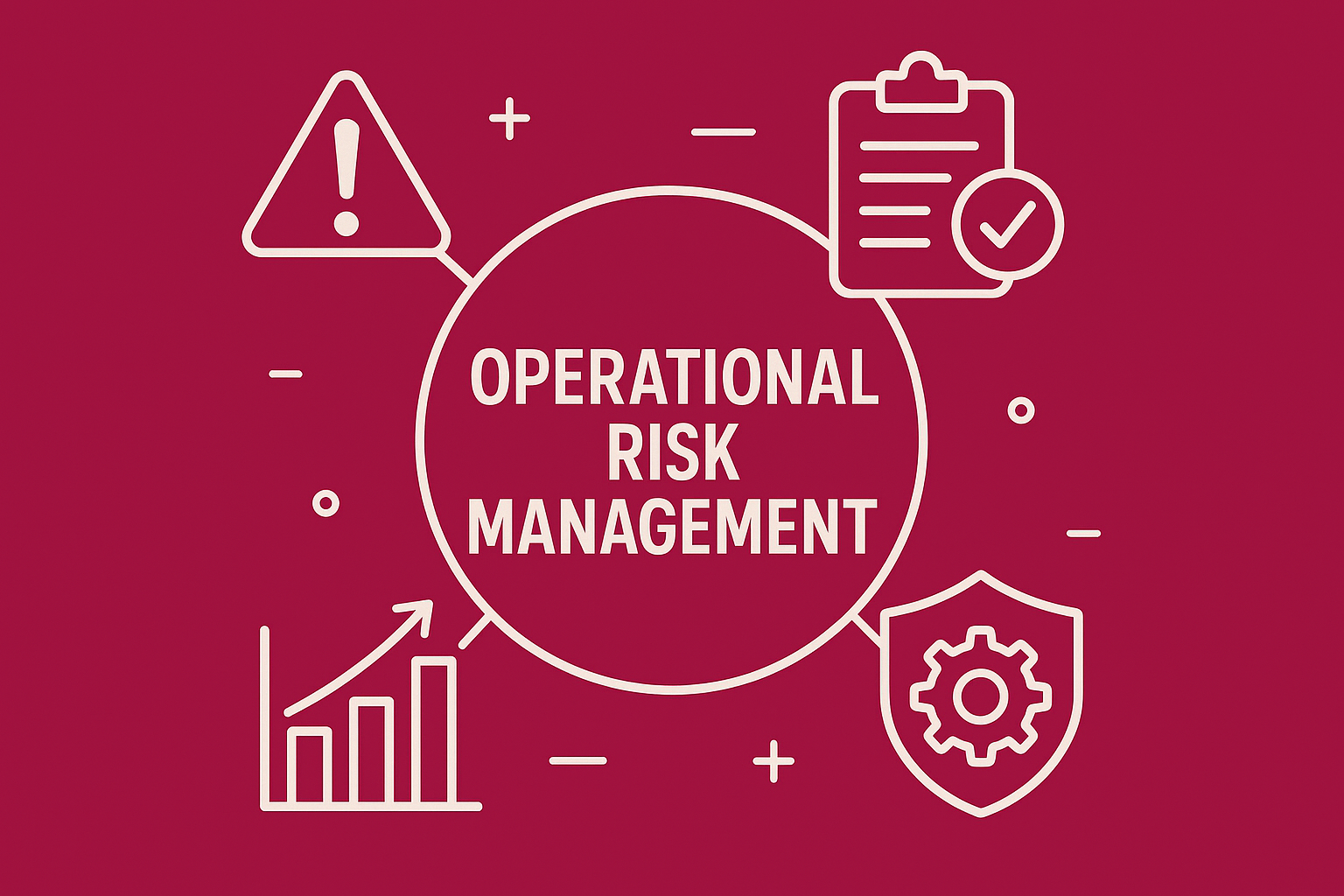A comprehensive program on how operational risk affects financial institutions and the mechanisms to identify, assess, and mitigate such risks, aligned with global best practices.
Online / Hybrid
1-hour CISI online examination with 50 multiple-choice questions
The Operational Risk Management program, aligned with the Chartered Institute for Securities & Investment (CISI, UK), provides a comprehensive understanding of how operational risk affects financial institutions and the mechanisms used to identify, assess, and mitigate such risks. The course focuses on global best practices, regulatory frameworks, and governance models that shape risk management in modern finance.
To equip learners with the knowledge and practical skills needed to manage operational risk across banking, investment, and financial services sectors. The program focuses on the identification, measurement, and control of operational risk to ensure compliance, resilience, and effective governance.

The 1-hour exam consists of 50 multiple-choice questions distributed as follows:
The syllabus is divided into seven key elements, each addressing a critical component of operational risk management.
Covers the fundamentals of risk management in financial services, including credit, market, liquidity, and operational risk. Introduces Enterprise Risk Management (ERM) and the role of the Board and Chief Risk Officer (CRO) in risk governance.
Learning Outcomes:
Explores credit risk, market risk, and liquidity risk—their nature, measurement, and mitigation. Introduces Value-at-Risk (VaR), hedging, diversification, and liquidity ratios (LCR, NSFR).
Learning Outcomes:
Provides a detailed understanding of operational risk definitions, categories, and governance principles under the Basel framework. Focuses on risk culture, appetite, and assessment methodologies such as self-assessments, scenario analysis, and benchmarking.
Learning Outcomes:
Examines common causes (e.g., system failures, human error, fraud, non-compliance) and their financial and reputational impacts.
Learning Outcomes:
Analyzes risks across all stages of the trade lifecycle - set-up, execution, pre-settlement, settlement, post-settlement, and asset servicing.
Learning Outcomes:
Covers the vital role of support units like Compliance, HR, IT, Legal, Audit, and Risk Governance. Introduces Project Management and Change Management as critical control components.
Learning Outcomes:
Reviews international regulatory frameworks such as Basel Accords, MiFID II, Dodd-Frank, EMIR, FATCA, GDPR, and UCITS V. Focuses on capital adequacy, conduct risk, and reporting standards.
Learning Outcomes:
Graduates of this program can pursue roles such as:
Take the next step in your career with a globally recognized certification. Enroll today and gain the skills to excel in the financial industry.
Enroll Now